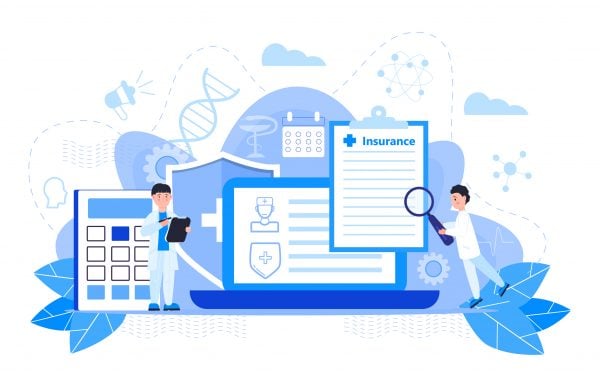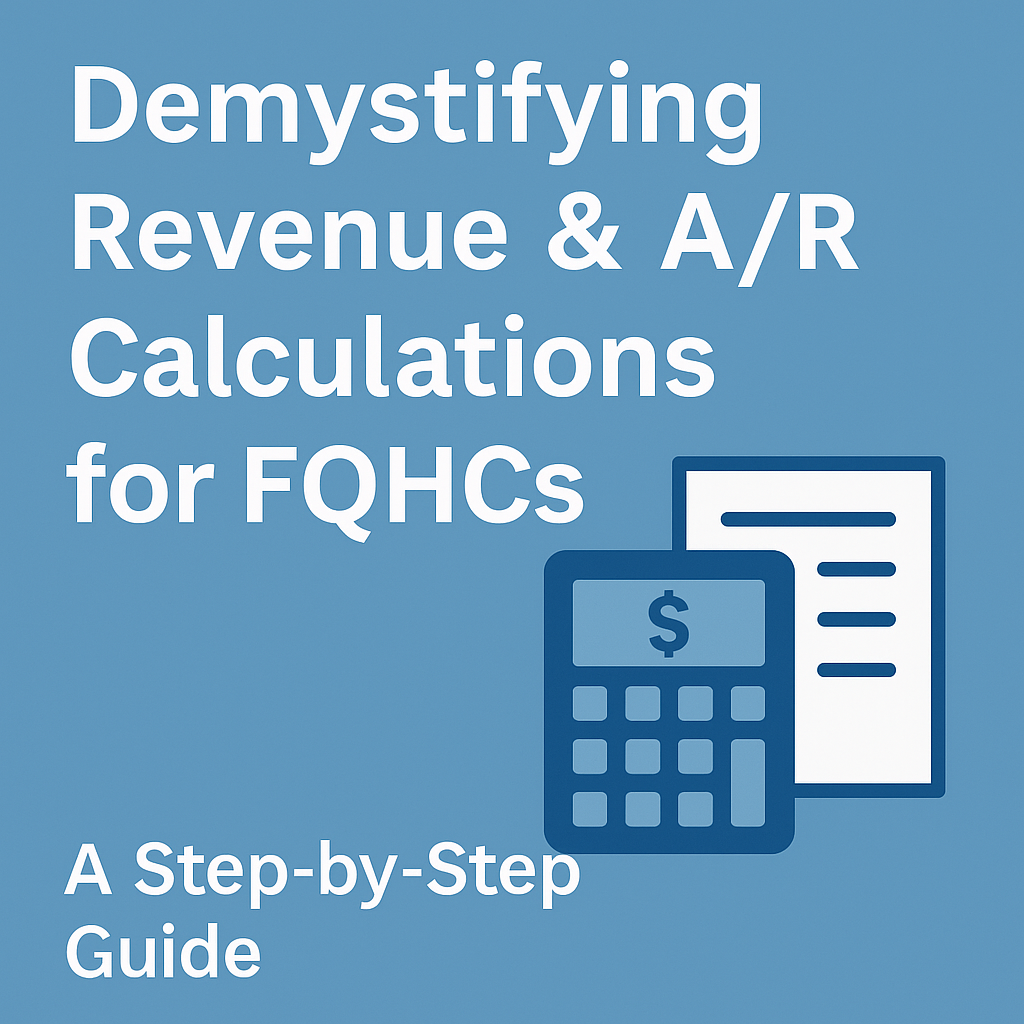2 min read
Strategies For Reducing & Eliminating Bad Debt At Your FQHC
Jayson Meyer Mar 8, 2023 9:00:00 AM


Bad debt expenses make up a major part of operating costs for most community health centers — but do they have to? As FQHCs, we are accustomed to serving patients who may have difficulties paying for care, due to being uninsured or underinsured. This is to be expected, given our unique role in the community! But true bad debt issues arise when applicable third-party insurance coverage is missed or overlooked, contributing to costs and causing completely preventable debt. Fortunately, an experienced team — and advanced coverage detection tools — can help you reduce bad debt at your center. Here’s everything you need to know about what bad debt is and how you can improve your center’s operations by finding and addressing it.
What Is Bad Debt?
Bad debt accrues when you provide healthcare services and never receive payment for the work performed. As a community health center, you work to provide care to the most vulnerable populations. Unlike a straightforward inability to pay, bad debt usually refers to the amounts that couldn't be collected from Medicare, Medicaid, and commercial insurers. Frustratingly, it most often can be avoided by enhancing business processes and optimizing revenue cycle operations.
Some of the root causes:
• Medical coding errors that result in rejected claims
• Providers seeing patients before they are credentialed
• Insurance denials that are not fixed by the billing department
• Claim errors and invalid modifiers (leading to more denials)
Not just FQHCs are impacted. According to the American Hospital Association (AHA), hospitals provided $41.6 billion in uncompensated care in 2019 — and community health centers wrote off $588 million to bad debt in the 2021 UDS reporting year. With 1,373 FQHC grant recipients that's an average of ($428,000) lost each year. Can you relate?
Is Your In-House Billing Department Partly Responsible?
The billing department is an essential ingredient in your community health center, responsible for the lifeblood of your organization: revenue that’s needed to serve as many patients as possible. These professionals don’t just take care of sending bills and collecting payments, but maintain the accuracy and integrity of your patient accounts. In-house billing departments are often grossly understaffed and lack the latest AI technology — resulting in increased billing errors and inefficiency. Not to mention finding a great FQHC billing specialist is like finding a unicorn in the desert.
Could you benefit from an FQHC RCM Partner?
RCM billing services have sophisticated software that streamlines the billing processes and minimizes errors. Hiring third-party billing services grants you access to a larger pool of experts who handle all communication among your facility, the patients, and the insurance companies. You may be able to greatly reduce bad debt as a result. Minimal coding errors and automated billing processes will increase your revenue collection, reduce bad debts, and improve your cash flow. Your outsourced billing partner adapts to your billing needs as your health center expands.
Minimizing Bad Debt Expenses
Bad debt is a common issue in many medical practices and hospitals, and community health centers are no exception. It’s hard to anticipate whether insurance companies will pay you and even harder to predict how much they’ll pay. But with the right strategies you can ensure that your FQHC is minimizing loss and maximizing billing revenue.
If you are concerned about bad debt, or would like to learn more about mitigating your bad debt contact a Synergy Billing Solutions Engineer today or call 386.675.4709.

Denial Prevention: The Fundamentals to Increasing FQHC Revenue
Very few industries have a 90-day lag from receipt of the product or service to payment. When you go into a grocery store, they expect payment...


